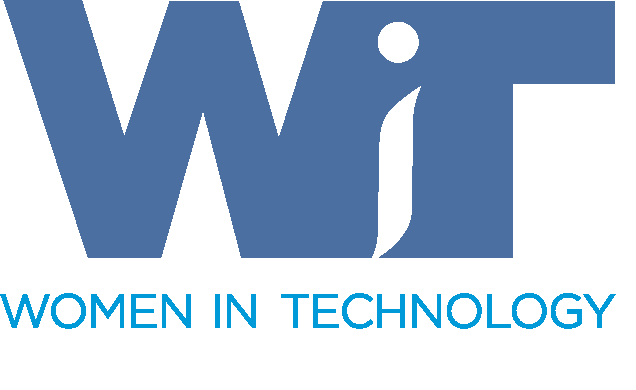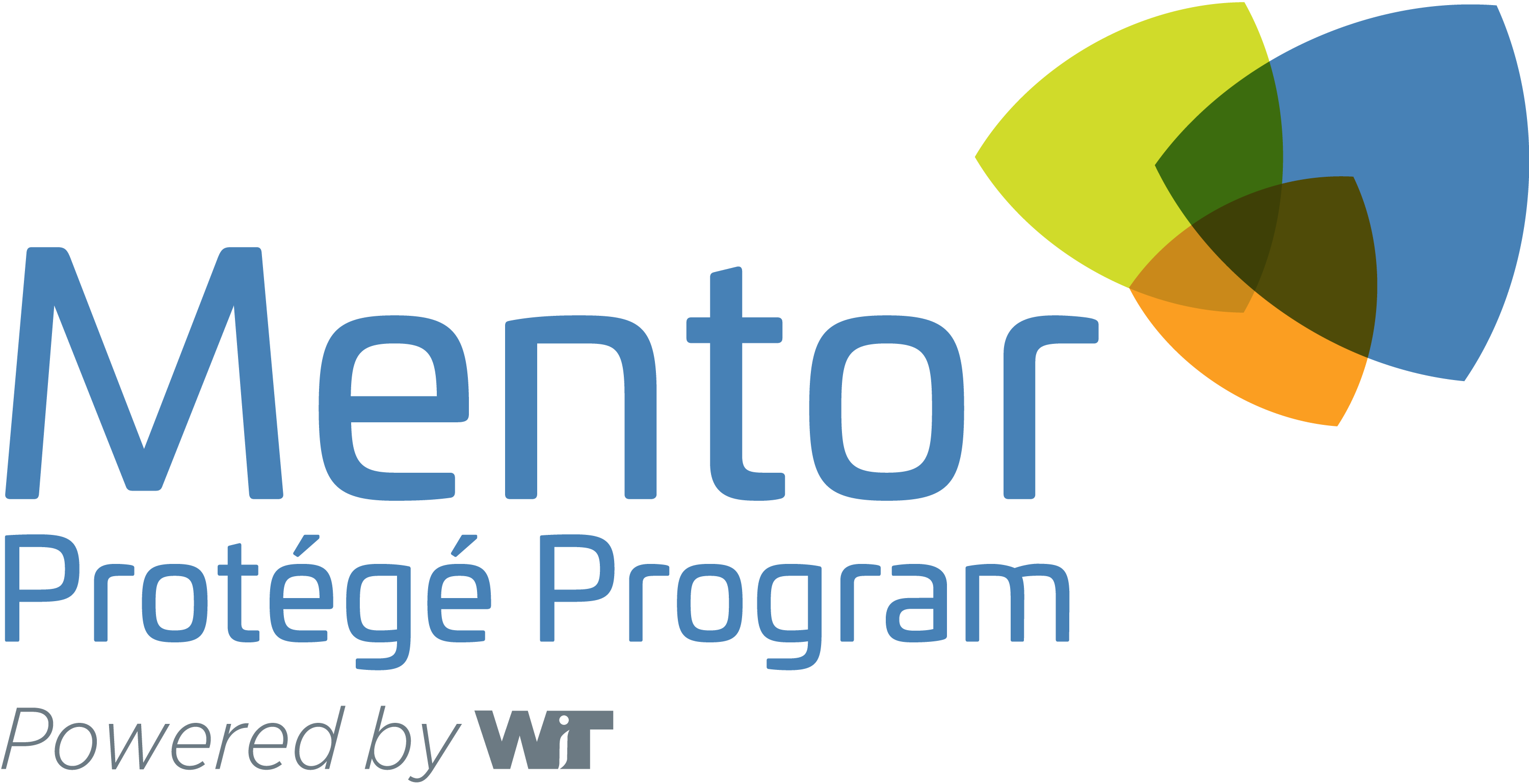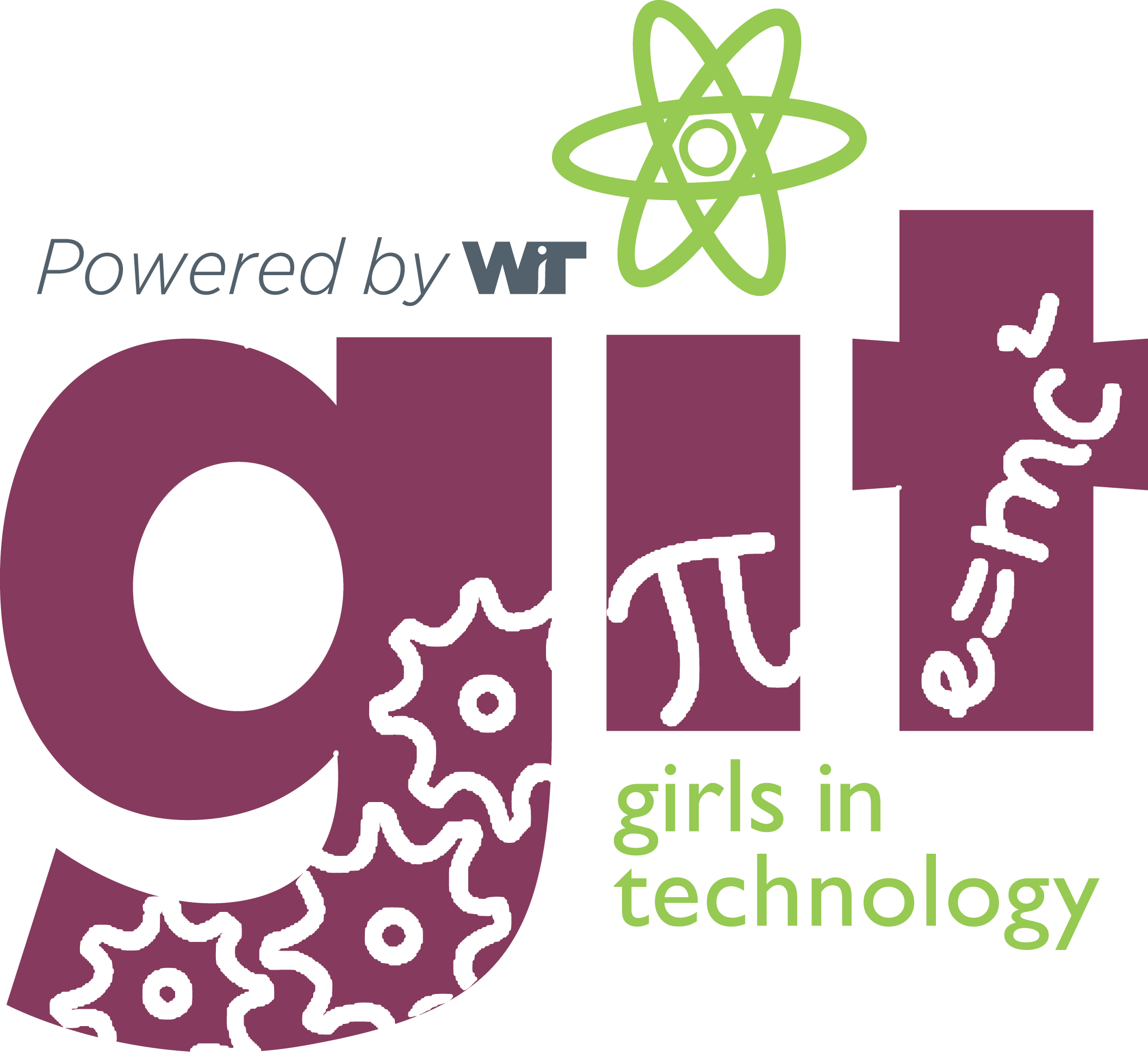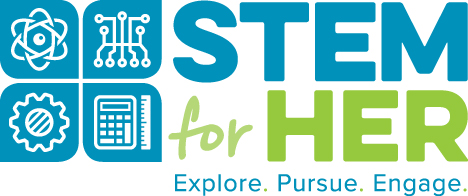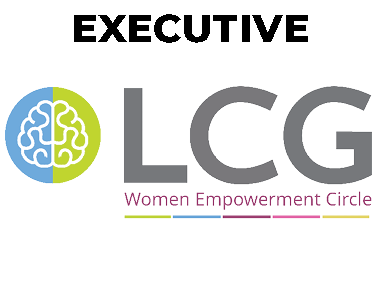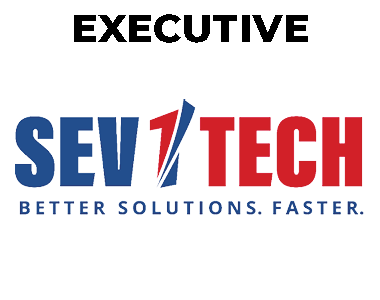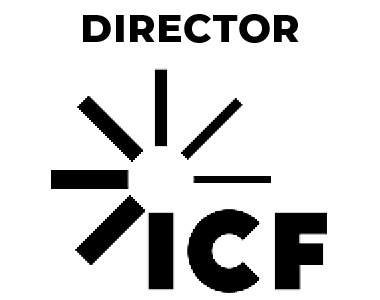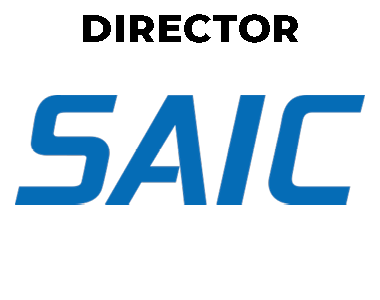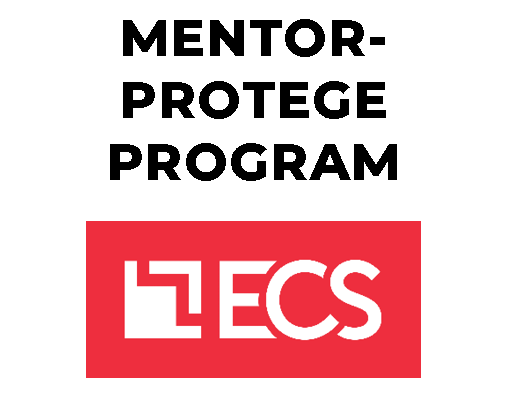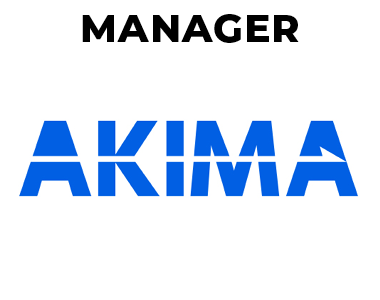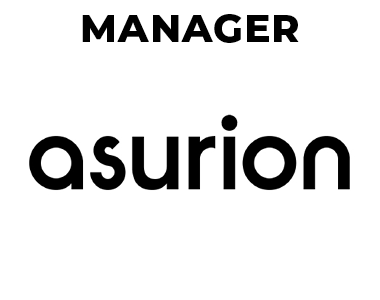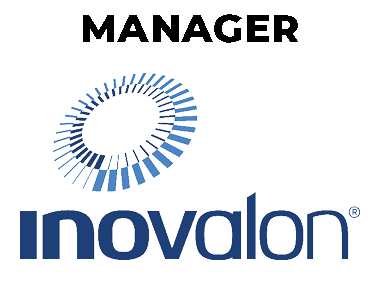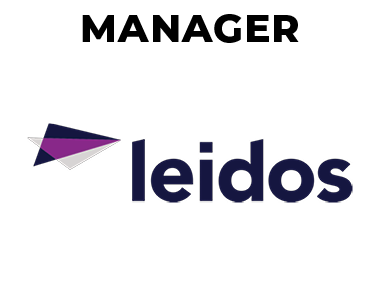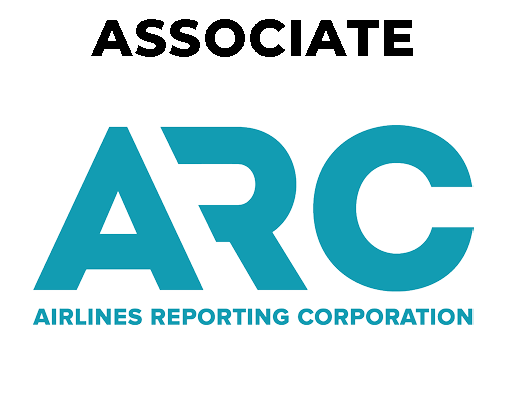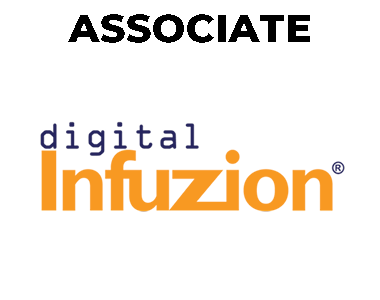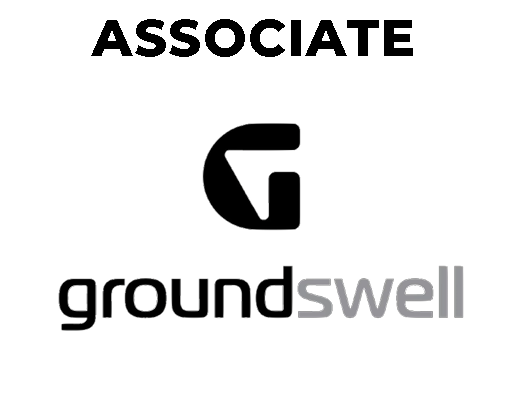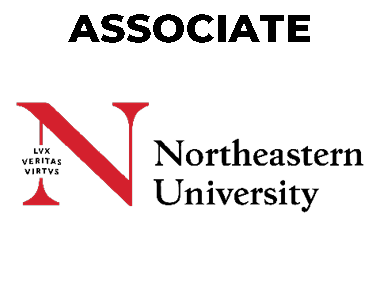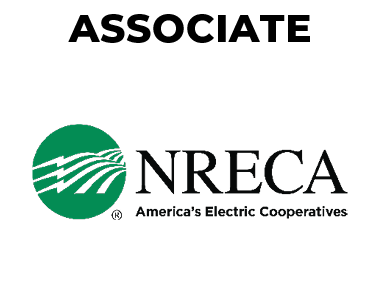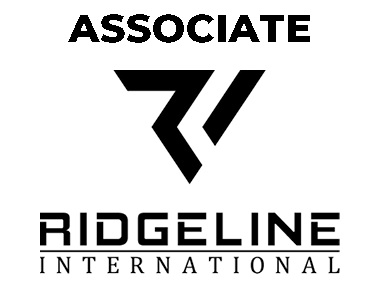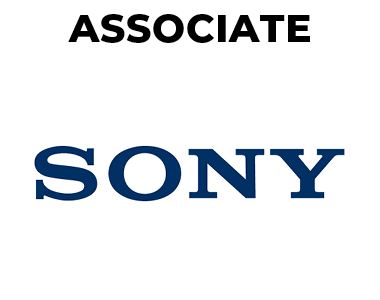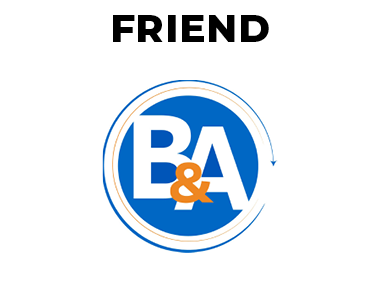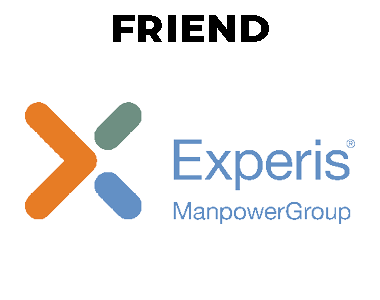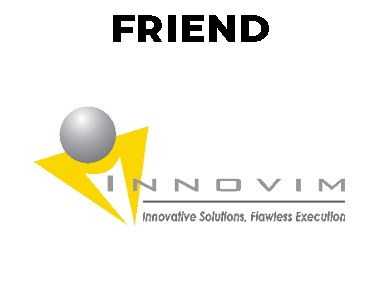By Angela Orebaugh
I live in a high-tech world and my passion is the environment. Recently, I’ve been doing some reading and thinking about how technology can both help and harm our environment. I have addressed this issue indirectly through a number of my articles in this column, including suggesting the consolidation of electronic devices on your smart phone (i.e., combining phone, camera, video, GPS, and games); weighing the green aspects of the Apple iPad versus the resources that it still takes to make one; recycling e-waste; and countless other areas. This article is more direct: how is technology helping or harming our environment?
- Saving Natural Resources: Tech products like computers, smart phones, tablets, and e-readers lessen the need for paper for books, magazines, newspapers, and even document signing. Not only does email save trees, but it also saves fuel used by snail mail carriers and delivery services. Web and teleconferences have saved fuel by enabling remote connectivity and teleworking. Technology has enabled the development of hybrid and electric vehicles saving on fuel and reducing carbon emissions.
- Reducing Energy Consumption: High-efficiency appliances and building systems have saved fuel and reduced energy consumption. Home automation systems can save energy by informing the user of consumption best practices, programming heat and air for maximum efficiency, and turning off lights and electronics when not needed.
- Reducing Consumption: Services like streaming music and movies reduce the need to produce CDs and DVDs. E-commerce has also lessened the need for big box stores that take up space and resources.
- Enabling Better Environmental Planning: Technology, including computer-aided design and visualization programs, has enabled more efficient planning of roadways, cities, and buildings—lessening their impact on the environment.
- Creating Pollution: E-waste is a big problem because people don’t recycle their electronics. Electronics fill landfills with hazardous waste from the metals, batteries, and other toxic substances they include.
- Causing Overconsumption: There are too many electronic devices available on the market and they sometimes have redundant features, and all of them are using electricity and putting a strain on our outdated electrical grid. Many new high-tech electronic devices have an “always on” mode for remote connectivity. Even when in idle or energy savings mode, most electronic devices are still using power, called “vampire power.” Consumers feed the harmful effects of overconsumption by purchasing the latest and greatest gadgets as they are released.
- Taxing Manufacturing Resources and Generating Waste: It takes stuff to make stuff. The manufacturing of electronic products takes energy and resources, and results in waste products. Often rare earth elements are stripped from mines and then wasted as electronics are not recycled. Manufacturing also creates pollution from chemicals used for production.
- Increasing Energy Consumption at Large: Not only are all those electronic devices in your home using energy, but technology companies are huge consumers of energy. Think of data centers and other Internet service providers. Some companies have made steps for alternative power and energy efficiencies but still consume enormous amounts of energy.
I’m hoping in the future more technology products will be made from recycled technology products, and may even include compostable components as well. It would be great to continue to see manufacturing companies embrace alternative energy, waste reduction, and other sustainable practices. Until then, do what you can to enjoy the convenience of living in a high-tech world while lessening your carbon footprint and impact on the environment
As a Fellow and Chief Scientist at Booz Allen Hamilton, Dr. Orebaugh leads several cybersecurity initiatives and emerging technology areas for the National Institute of Standards and Technology (NIST), including authoring technology Special Publications (800 series), the National Vulnerability Database (NVD), Security Content Automation Protocol (SCAP) project, and secure eVoting.
Dr. Orebaugh is an Adjunct Professor for the University of Virginia where she is developing and teaching the Internet of Things Security course. Formerly, as an Adjunct Professor for George Mason University, Dr. Orebaugh developed and taught the Intrusion Detection and Forensics course, a core requirement for the Masters in Computer Forensics in the Department of Electrical and Computer Engineering (ECE). She completed her Ph.D. at George Mason University with published papers in the areas of behavioral biometrics, attacker profiling, authorship analysis, and cyber forensics.
Dr. Orebaugh is an internationally recognized author of best selling technology books including, Wireshark and Ethereal Network Protocol Analyzer Toolkit, Ethereal Packet Sniffing, and Nmap in the Enterprise. She has also co-authored the Snort Cookbook, Intrusion Prevention and Active Response, and How to Cheat at Configuring Open Source Security Tools. She is an invited speaker at a variety of cybersecurity conferences and technology events.
